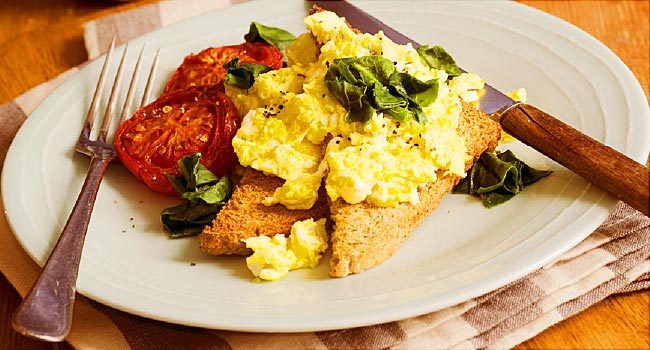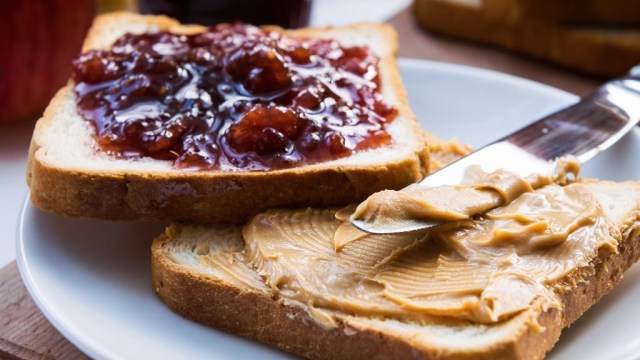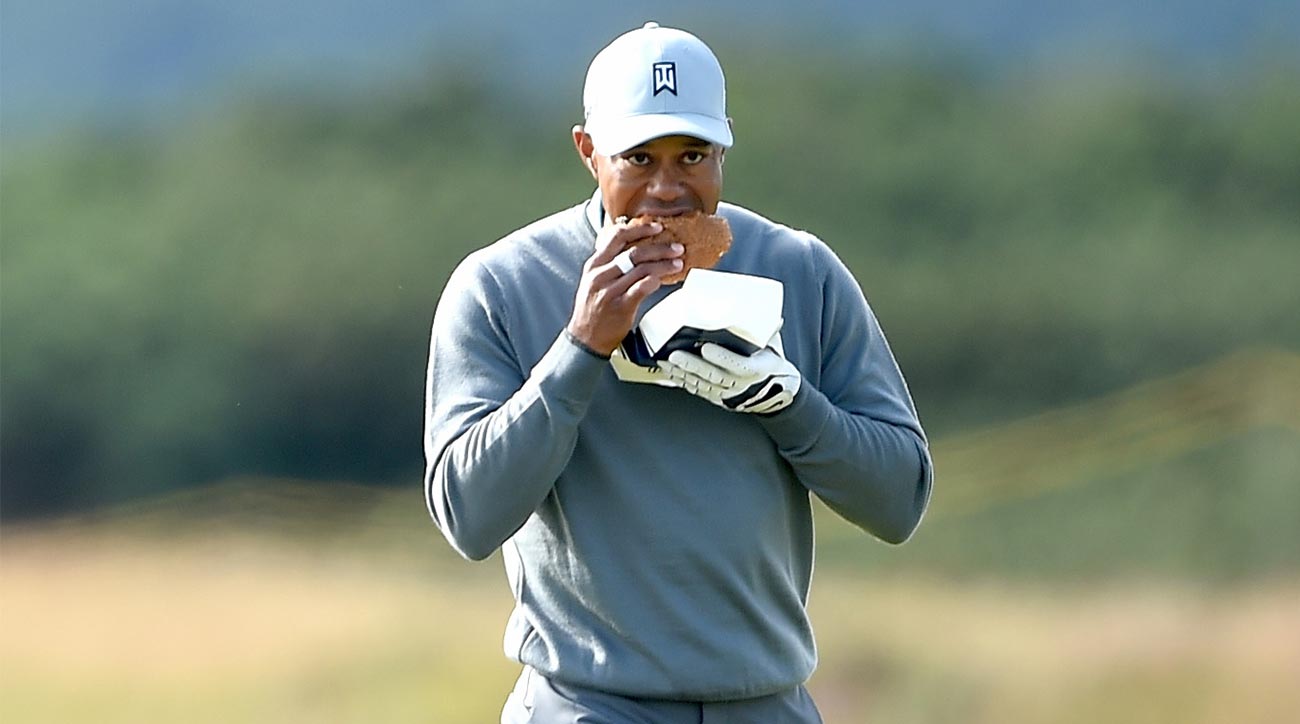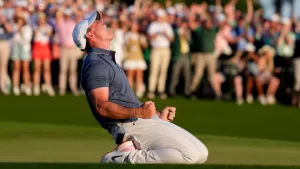Golf as a sport is changing. Gone are the days of the DadBod pro playing on tour and we’re entering the age of stud athletes crushing the ball some 325 yards off the tee (Bryson, DJ, JT, Brooks, etc). High performance training is great, however more attention needs to be focused on the forgotten aspects of a well rounded athlete, sleep and nutrition. From my years in coaching athletes at various levels (youth to professional) I feel the most important factors lacking are monitoring and education regarding sleep and nutrition. Training and performing (in our case a round of golf) are demanding and cause damage to our bodies. Sleep and Nutrition are where our bodies recovery occurs and where real gains are made. Coaches have athletes for 3-4 hours/ per week if we’re lucky. It’s what the athletes do during the 164 hours of the week that will truly play a factor in the gains seen and performance.
This blog will address how nutrition and hydration affect your golf round. Whether you’re playing for fun, in a regional tournament, or professionally, we all want lower scores. We may not realize the importance of pre/intra round nutrition plays in our performance during a golf round , but it could be the reason you win or lose a match to a buddy down the stretch. I’ll also preface this by saying I am not a Registered Dietician or Nutritionist. I have a M.S. in Exercise Physiology, endless fitness certifications, and over a decade working with athletes from youth to professional in all sports. If my clients/athletes are serious about dialing in their nutrition I always refer out to a professional, however there are some simple guidelines I like to give out to help maximize performance.
To understand nutritional needs for a golf round, we need to first address the bioenergetics of a round of golf. The golf swing itself is a powerful motion with large masses of muscle active, and lasting under a second. This powerful swing is followed by a couple minutes of walking or riding up to your ball and the process is repeated over and over for 2 hours (playing nine) or 4 ( hours playing eighteen).
Our bodies have three energy systems that work together synergistically to provide energy for any given activity. Each energy system contributes a different amount to a given activity depending on the intensity and duration of said activity. Here’s a brief breakdown of each system.
- ATP-CP- This system provides immediate energy explosive energy for exercise bouts lasting under 10s. It relies on muscular stores of ATP(bodies energy molecule) and Creatine Phosphate recycled to supply ATP. Think short-term immediate energy, depletes quickly, and needs at least 3 minutes to recover. Examples: Golf Swing, 100m Sprint, long jump, high jump, 1 rep max, etc.
- Anaerobic Glycolysis – This system provides energy for high intensity short-term bouts of exercise lasting 10s-120s. This system relies on the breakdown of glucose (Carbohydrates) to produce ATP and leaves metabolic byproducts which give you the burning sensation in muscles during exercise. Again short term energy that depletes fairly quickly (highly variant on training status) and recovery times vary as well anywhere from 90s – multiple minutes. Examples: walking up hill to ball, after taking a few practice swings certainly contributing to energy demands during the actual swing, etc.
- Aerobic Metabolism- This system produces ATP slower, and provides energy for long duration bouts of low intensity exercise. This system breaks down all substrates (Fat, Carb, Protein) in the presence of oxygen to create energy for activity. The primary fuel source for aerobic energy is fats. This is our long lasting energy system or motor throughout the round.
Now that we know the basics of energy systems and how they pertain to golf, we can lay out parameters for pre round and intra round nutrition.

Fueling for a round of golf starts before the round. Athletes should consume at least one balanced meal prior to hitting the course. From our bioenergetics discussion we know all three energy systems are in play during our round. Thus, a balanced meal of Carbohydrate, Protein and Fat should be consumed at least 2 hours prior to playing. I use a basic rule of 40/40/20.
- 40% Carbohydrate (fruits, vegetables, rice, toast, etc)
- 40% Protein (eggs, chicken, beef, pork etc)
- 20% (eggs, oils, cheese, yogurt).
- Along with that meal golfers should be slamming some water, at least 2 bottles 2 hours prior to a round.
Just as important as pre-round nutrition/hydration is doing so during the golf round. A golf round can last anywhere from 3.5-4.5 hours. Assuming you’ve gotten to the course an hour prior to the round for warm up etc, it could be potentially 4-5 hours since you’ve last consumed calories or water. Golf rounds can burn anywhere from 800-2,500 calories pending on course terrain, walking, carrying etc. Either way halfway through that round you’re close to hitting a wall and your scores may suffer. Given our brief discussion on bioenergetics the mid round snack choices are pretty simple. Get some quick digesting carbohydrates, some protein and some fat in your snack. This can be achieved through:
- Bars (Kind bars, Cliff Bars, Quest, etc.)
- A simple PB and J sandwich
- Protein shake (2:1 Carb to protein Ratio)
- Fruits and nuts in your bag
- Worst case grab a sandwich or dog from the turn
These will replenish the carbohydrate fuel stores and allow for anaerobic energy production throughout your round.

The other piece of the puzzle is adequate hydration during your round. A 2012 study found dehydration in low handicap (7 or lower) golfers negatively affected shot distance, shot distance from target, and judgement distance to the target with changes a little as 1-3% Body Mass loss in fluid. To put it simply, drink plenty of water during your round and be mindful of other fluids you’re putting in your body – alcohol and sugar based drinks will dehydrate you on the course, try to avoid these as best as possible.
Golf is hard enough. If you’re serious about lowering your scores, start to think about what you’re putting into your body before and during your golf rounds. If you follow these guidelines I promise you’ll avoid that back nine wall or drop in performance and start seeing the lower scores you want!

Ryan Munoz
Ryan's goal is to develop healthy athletes for the game of golf, regardless of age and skill level. He is Titleist TPI certified with a Master's degree in Exercise Physiology, which he's used in developing high school and college athletes into top prospects.




